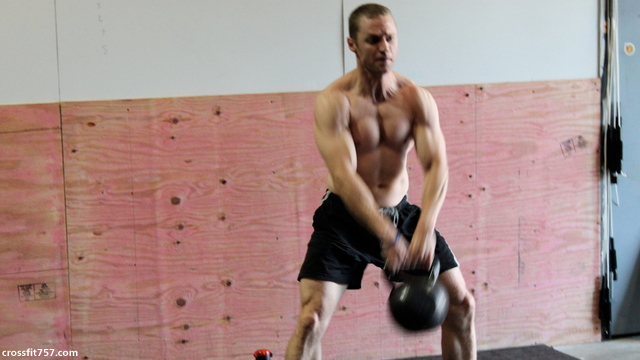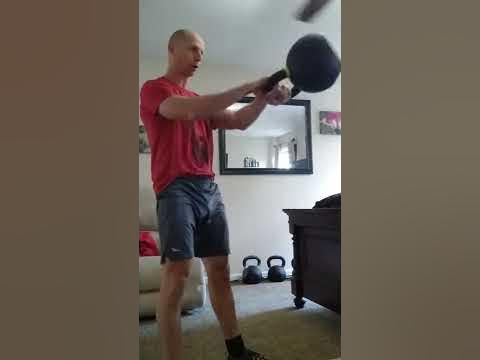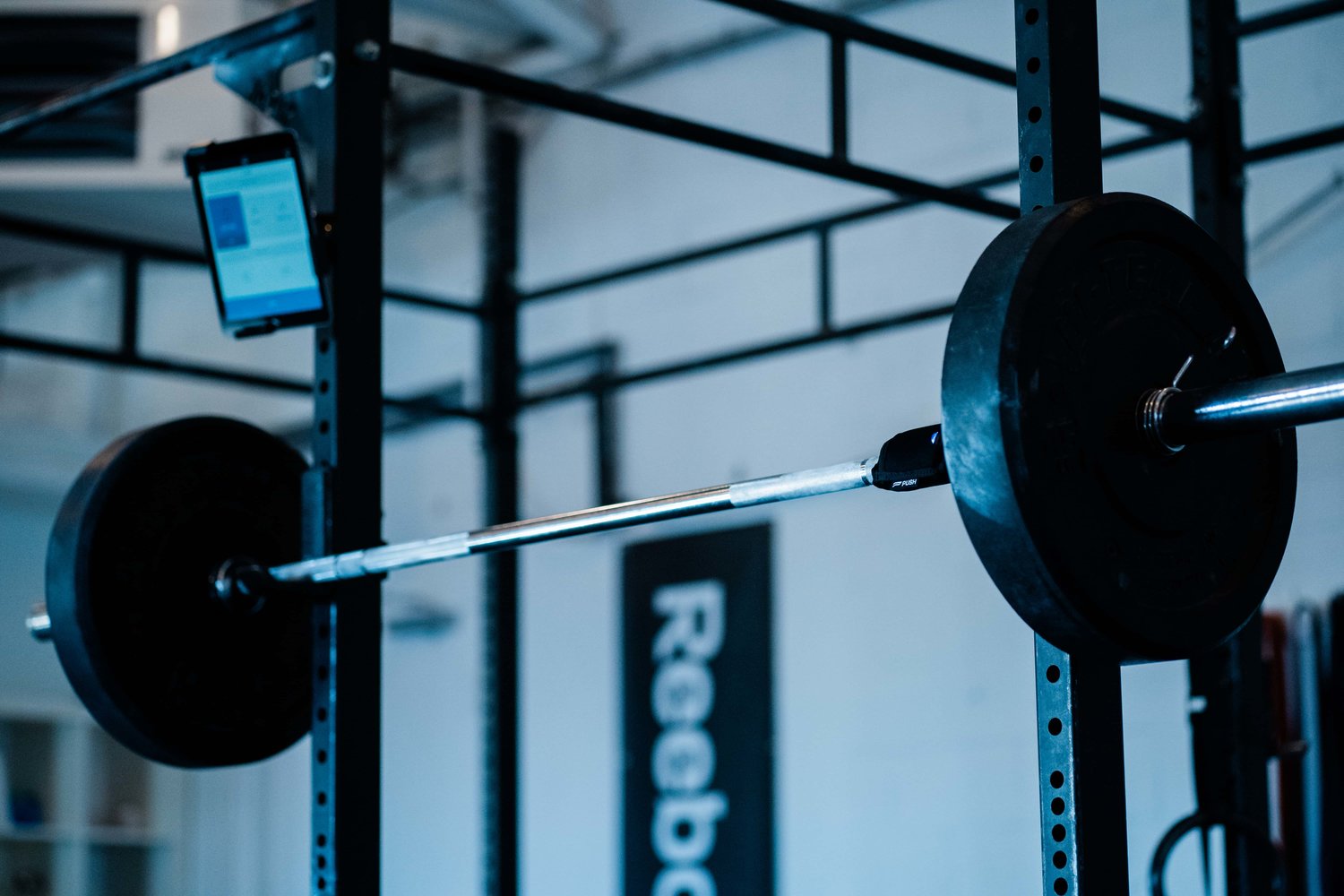Adachi
Level 7 Valued Member
You are correct, sir. ?Football S&C coaches using barbell power cleans would beg to differ.

We would have very different goals and preferences.
You are correct, sir. ?Football S&C coaches using barbell power cleans would beg to differ.

You are correct, sir. ?
We would have very different goals and preferences.
You are absolutely correct.if the goal is max power production for 1 rep, there isn't really any debate
But don't confuse power and speed.Heavy A+A power repeats with heavy snatching, the bell simply cannot travel as fast as a bell sized more for Q&D application.
Yes, which illustrates my point about the power depending mainly on the mass (normalizing the height to the shoulder rack and the time of a rep being roughly similar).Well, if the goal is max power production for 1 rep, there isn't really any debate about KBs vs barbells.
The data is pretty clear.
While the work distance of a chest level KB clean and a power clean to the shoulder rack is comparable, KBs just don't get heavy enough compared to what you can load on a barbell and thus hit a wall for 1 rep max force training pretty early.
You and I might be remembering the same thing:
Does this has any benefits to it? From what information I´ve gathered absout the (hardstyle) swing ... this resembles nothing of it.

I disagree. The bell that allows the highest power IS the heaviest bell (that you can snatch for 5 series or swing to a chest height every rep for 5 series).Let's appreciate for a moment that Q&D is indeed not focused on using the heaviest bell, but on using the bell that allows the highest power production.
IMO, those are all solid, legit swings. My preference is to keep the arms straight throughout, but that's a separate issue from whether the bell size is appropriate.If anyone wants another assessment opportunity, this is me with 48kg. It was a higher than normal test set so i know power drops off but do you see it as too heavy from the start?
Thx.

KB Swing
youtube.com
@watchnerd ....the PUSH band. What data does it provide?
Is it more useful after training or during if you can calibrate to beep if a velocity is obtained?
Just interested......
As a double blind experiment....I'd like to do some maths to see if my calculations fall more or less in line with the data from real time, if you'd oblige.
Give me bell size, the length of your arm, your kb deadlift position (height of bell handle from floor) and your shoulder height. Plus the height of bell from floor to handle.
Just a little physics prediction....Great if you can, not a problem if you can't.
For that matter, anyone with a PUSH band out there at all able to assist please?
Something I've pondered on for a while. I know, bit weird.

I liked that too. Great analog for testing power production, if you don't have a force plate handyI also liked the "take your kettlebells to the beach" newsletter, though I haven't had a chance to try it.
I disagree.I disagree
Is it more useful after training or during if you can calibrate to beep if a velocity is obtained?
I've posted about this before, but I think the tests in Q&D are pretty half-baked and not very useful.I disagree.
The accelerometer test is the meter stick prescribed in Q&D .
The Sprint test is the secondary choice.
In either case peak power is measured against the bell size, or the speed dropping within a certain window of time.
Not measured against 5 reps. It's expressed during the 5 reps.
Yeah, my coffeemaker has an adjustment for altitude to account for the effect of altitude on boiling point. Maybe we need latitude and altitude compensated accelerometers when we lift kettlebells...and maybe windage for lifting outdoors or with a fan blowing. In the name of science, of course.Agree @Steve W.
For a one metre arm length, velocity is sqrt 2g....4.3 m/s with no other forces acting on the bell.
Of course, in a swing there are other forces, conscious or otherwise.
Little bit slower if you live on the equator, a bit faster if you live in the poles. ?
Of course, in a swing there are other forces, conscious or otherwise.
